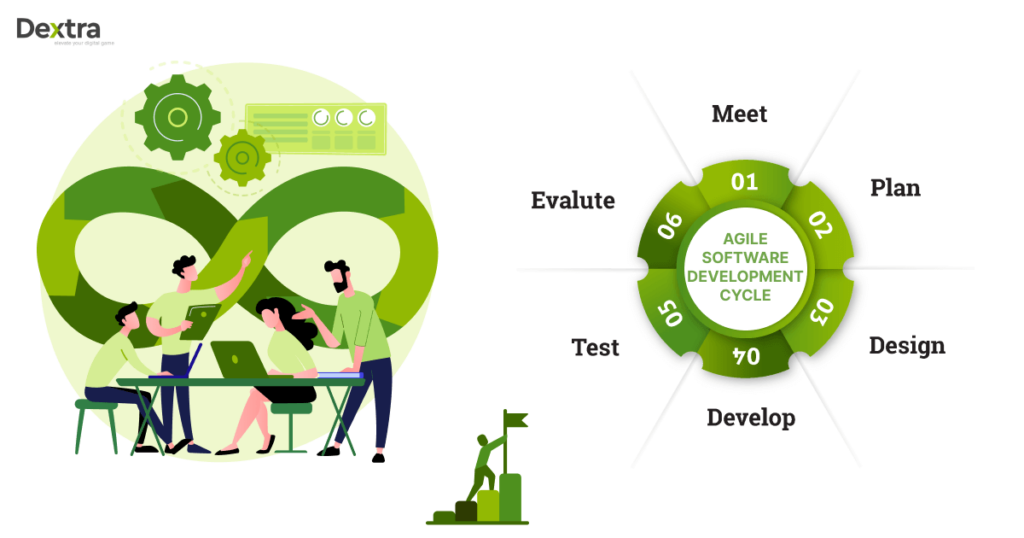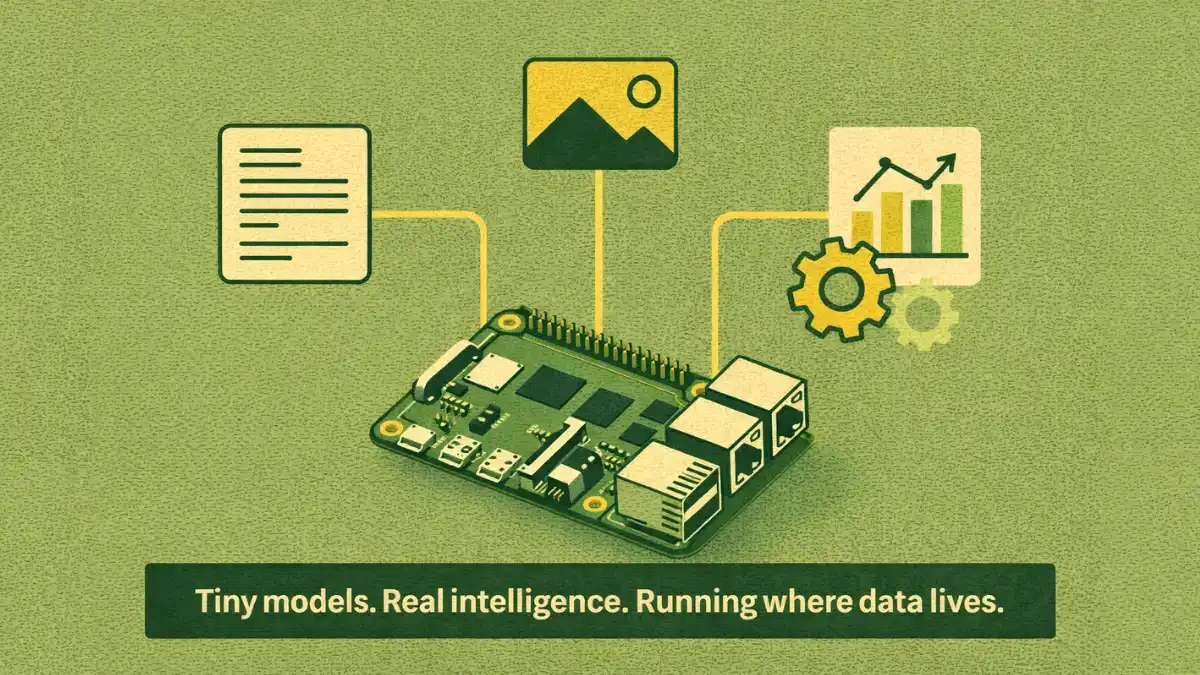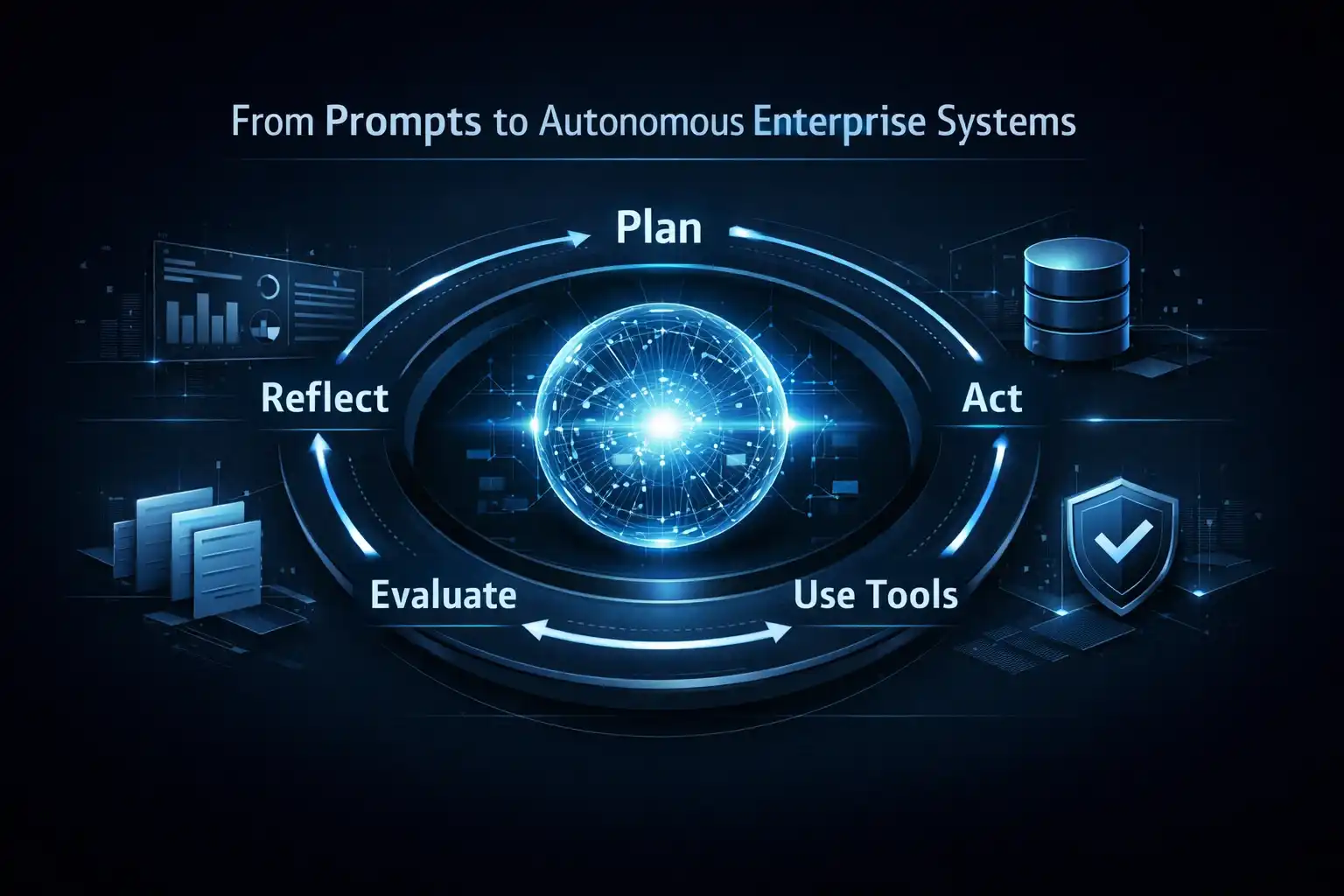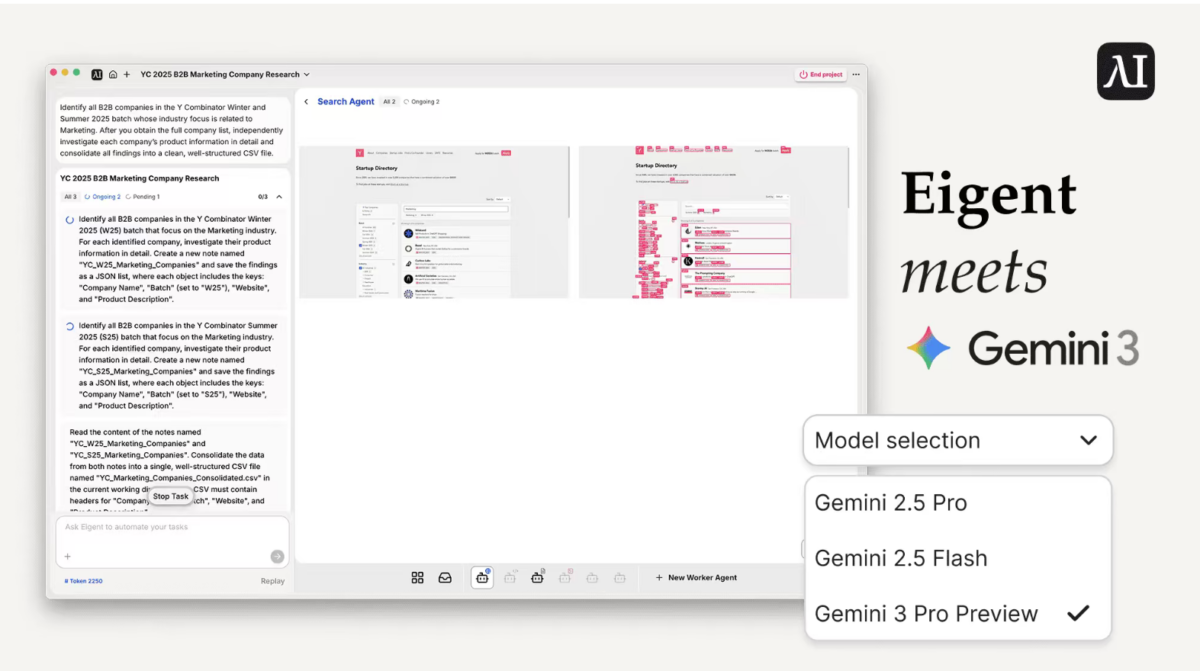Implementing Agile systems and Agile management methodologies are designed to enhance the integration, adaptability, and working efficiency in project management. These practices help to use the resources more effectively to gain more efficiency, customer-generated feedback, and overall team performance. The Agile implementation system involves contingency planning and progressive development. Conversely, Agile management systems emphasize delivering guidance about these dynamic, high-performing processes. Agile implementation in any organization requires a propellent cultural change for open and continuous improvement in all sectors.
What is an Agile System?
An Agile system is a set of values and principles for sublime organizational development, collaboration, and adaptability in a software development process and project management. On the contrary, traditional waterfall models follow a linear development track; an agile system allows one to work more efficiently in a short span, called sprints, and permanently improve and adapt work. This system helps us achieve high-end products by changing, delivering, and meeting the customer’s needs.
What is Agile System Management?
An Agile management is an overlooking and observing coordination of agile projects. It is a process of applying all the levels of pragmatism and more flexibility for a strong projection of delivering ultimate products. Agile management involves guidelines, managing processes, ensuring effective communication, and facilitating continuous improvements. The role of agile managers is to remove all the process obstacles, providing reliable resources, collaboration, and flexibility. Finally, companies applying these management techniques can quickly ensure better quality and high-quality products.
Agile Manifesto
In 2001, a conference was held at The Lodge at Snowbird, a ski resort in Snowbird, Utah. A team of 17 professionals gathered for a lightweight formation of software development by guiding software development principles and prioritizing adaptability, collaboration, and customers’ needs. These market professionals concluded the Agile Manifesto, which indicates the four core Agile values and builds 12 principles.
Four Core Values of Agile
1) Individuals and Interactions Over Process and Tools
Agile aligns productive communication and collaboration among the development team with strict adherence to processes and dependence on tools. Moreover, Agile determines that talented people can generate and develop more productive systems and solve multiple problems accurately by following all the mandatory procedures.
2) Working Software Over Comprehensive Documentation
The major benefit of agile is producing high-end productive software for better customer interaction without imposing a heavy load of documentation on interactive users. Documentation is a mandatory part of the procedure, but it should be clear to achieve the goals of developing productive products.
3) Customer Collaboration over Contract Negotiation
Agile promotes a collaborative environment in the development process of producing quality products. Agile methodologies emphasize customer feedback and collaboration to ensure the product quality meets the customer’s needs rather than focusing on contract negotiation and requirements at the beginning.
4) Responding to Change over Following a Plan
Agile promotes a natural and productive part of the development process instead of sticking to the basic paper plan. The agile flexibility and collaborative structure with responsive, informative, and meeting market requirements in a challenging mode.
Agile Principles
These are the 12 Agile principles mentioned in the Agile Manifesto, helping and achieving high-quality products in a collaborative mindset.
These principles are the backbone of continuous development and betterment processes to initiate agile thinking.
1- Customer Satisfaction through Early and Continuous Delivery
We can engage customers by providing quality products with rapidly changing marketing dynamics more quickly and accurately. The Agile Manifesto mandates developing a speedy working process and building a professional team to monitor problems while the development process maintains quality standards.
Agile enables the team to break down the development process into smaller tasks to focus on each procedure segment. Agile helps professionals minimize the time taken in the development process and get better customer feedback.
2- Welcoming Changing Requirements
In the most competitive and challenging digital era, predicting which software is perfect for customers’ needs is hard. Continuously changing marketing trends make it more risky to rely on one software. Therefore, the development team should be ready to accept and adapt to changes in their process to maintain better customer engagement and meet new requirements. If a team is prepared to bring changes or is late, it can help the whole development process, while the Agile manifesto indicates the team should bring timely changes more competitively.
3- Deliver Working Software more Frequently.
The agile manifesto aims to deliver the highest-quality products quickly, efficiently, and in an iterative cycle. This manifesto breaks the product development process into small segments to focus on each part of development equally. It helps the development team complete the project quickly and more productively and concentrate on all the updates required by the customer.
4- Daily Collaboration of Business People and Developers Working Together
Agile Manifesto provides a clear vision to bring business people and the developer’s team to the same table to work together daily until the project ends. This manifesto term can help business owners, and developers communicate productively and collaborate to remove unnecessary integrations. It is important to maintain the workflow, project quality, and smooth development process without any interpretations.
5- Building Projects Around Motivated Individuals
The Agile methodology rotates around building a collaboration of professional teams with high-skilled individuals to empower each of them. This methodology significantly projects error-free project development because of a skilled team, better communication medium, and clear sprints.
6- Effective Face-to-Face Conversation
Communication plays the primary role in understanding the project details more coherently and understandably. Face-to-face communication is the perfect example of a communication role in Agile methodology for developing informative and up-to-date software. Remote communication (Emails/Verbal communication) is important, but physical communication is the backbone of understanding any project details.
7- Performance Measure
The primary objective of Agile is to measure quality by using the best collaborative techniques until the final checklist is done. The development can hand over the project with proper testing of each iteration. If the software is developed perfectly and tested before operating, then the quality is measured by its working performance,
8- Promotion of Sustainable Development
The successful projection of any software development depends upon the collaboration of the professional development team, stakeholders, and the product’s end-user. The agile system helps by simplifying the process, bringing useful information, building strong teams for respective roles,
9- Continuously Paying Attention to Technical Excellence and Productive Design
The agile manifesto helps divide the project into smaller tasks, set periods, and provide continuous updates. It pays attention to all the tiny parts of developments, ensuring that problems will not arise soon.
10- Simplicity-The Art of Maximizing Productivity
The Agile horizon rotates around the simple work-life balance. It focuses on what is important for the project and removes all the unnecessary details from the project because simplicity is designing the project to streamline the development process,
11- Require Designs from Self-Organized Team
Agile allows the professional team to be more self-organized and present the best working model for completing the project. This self-esteem bonding can produce more effective and innovative results throughout development.
12- Reflect and Review Regularly
It is a beauty of the Agile system that continuously monitors the software and user-generated reviews. This methodology helps the development team be more focused and effective and adjust the updates accordingly.
Project Management Overview
In this dynamic digital world, a project must be followed with a controlled structure and well-taken actions to be managed by industry professionals. According to the Project Management Institute (PMI), critical management follows these two project management methodologies. Details are below:
Traditional Project Management
Traditional Project Management often refers to Waterfall management. It is a straight-line and sequential approach to project management, where each project phase is completed before the next one starts. It is the most detailed and well-structured planning upfront.
Phases of Waterfall Project Management
- Initing
- Planning
- Execution
- Monitoring and Controlling
- Closure
Agile Project Management
Agile project management is an iterative approach where the whole development project is divided into smaller divisions, considerable units, or features. This method encourages internal collaboration, flexibility, communication, and updated customer feedback.
Phases of Agile Project Management
- Inception
- Iteration
- Review
- Release
- Maintenance
The Agile Software Development Cycle: A Comprehensive Overview
Agile Software development is a versatile and productive approach to developing agile software creation that emphasizes more collaborative, informative, flexible, and interactive customer feedback. Unlike the basic traditional development process, it is advanced and adapts accurate planning, short time availability, is more work efficient, and is manageable with an easy-to-use interface. This agile methodology transforms better communication among the stakeholders and customers for better interaction to change and adapt to rapidly changing marketing dynamics.
Agile has surpassed the basic waterfall technologies with more advanced and continuous adaptability. We are breaking down the system development process under agile methodology as below:
1- Concept and Initiation
The agile software cycle’s foundation is concept and initiation. In the beginning, a team of stakeholders, individuals, or collective sponsors collaborates to initiate the project and achieve the desired results. The agile system helps calculate the initial cost and access the initial customer data.
2- Project Planning
In the planning phase, an agile team breaks the project into smaller pieces for more detailed and manageable work called features or sprints. These smaller segments value customer feedback and prioritize the project details. Planning is also important for deploying the work to each sprint.
3- Design
In the Design phase, an agile system focuses on the design with a technical approach for the features in the log. Unlike traditional or rigid methodology, agile promotes the interface design with the best user experience. It allows more adaptability and flexibility to change the software structure.
4- Development
In the development phase, the agile team works on the sprints highlighted in the backlog. Each segment is potentially a product increment and allows the team to follow updated coding, testing, and interaction with the required integration to meet all the project quality standards.
5- Testation
Testing is the integrated part of the project and does not only focus on a single feature segment. Test-driven development (TDD) and Continuous Integration (CI) support this testing system by automatically testing the integrated coding to maintain the overall project quality.
6- Review
In the review phase, the agile system makes it easy to review the project’s sprints to demonstrate the project to the stakeholders. This is the most important part of gathering all the customer feedback and changing the agile system accordingly by adding necessary inputs from the stakeholders.
7- Release
The release phase allows the team to deploy the software in the market on behalf of stakeholders. The Agile team can deploy the increment at the end of each feature or according to the stakeholder’s advice. Agile helps estimate the time frame for delivering and deploying the system according to feedback and market research.
8- Maintenance and Support
The last point of this phase is the maintenance and support phase. The agile team continues to monitor bugs, necessary updates, and user feedback. This segment helps the developing team ensure standard quality throughout the project and meets the requirements at the user’s end.
Types of Agile Methodologies
Agile methodologies are designed to enhance flexibility and efficiency quickly, which makes them more diverse. Each part of these methodologies is unique in its practice and process, according to customer requirements.
1- Scrum
Scrum is the most commonly used Agile methodology to organize and determine the fixed length iteration called sprints. The time in Scrum varies from two to four weeks, depending on the project’s complexity. This methodology holds daily stand-up meetings to monitor the daily progress, address issues, and ensure project alignment. The Scrum Master and Product Owner play their part by facilitating the process and managing the product backlog. It helps with continuous improvements and promotes feedback culture in the development process.
2- Kanban
Kanban methodology uses visual workflow management using a Kanban board. Teams make out the task list in columns. Each column represents different stages of workflows, such as To-Do, Doing, and Done segments. Kanban helps the team monitor edge tasks, improve the quality by work in flow (WIF), and ensure a steady flow of tasks. It is the most flexible and efficient method in the workflow section, surpassing the fixed iteration.
3- Extreme Programming (XP)
This Extreme Programming (XP) section outlines this methodology, which ensures and emphasizes the technical excellence and continuous change of small, manageable software integrations. The best practices of XP are test-driven development (TDD), Paid Programming (PP), and Continuous Integration (CI). Extreme Programming promotes collaboration between the development team and stakeholders to ensure better quality throughout the project.
4- Learn
Lean Software Development (LSD) draws from Lean manufacturing principles to streamline the development process and remove irrelevant bugs. This methodology helps the system to optimize the regular workflow, reduce time length, and clutter unnecessary activities. Lean development promotes continuous improvement and empowers teams to make data-driven decisions to maximize project efficiency.
5- Feature/Sprint Driven Development
FDD is an axis point that provides tangible, physically working software features in the iterative cycle. It encourages upfront planning and design and follows the incremental development of features based on the project’s priority.
6- Dynamic Systems Development Method (DSDM)
Dynamic System Development Method (DSDM) helps business owners acquire suitable solutions to their problems, limiting the project’s length within the decided budget. DSDM brings collaboration, iterative development, and feature delivery of working systems.
7- Crystal
Crystal is an important part of the Agile family that highlights the size and technical issues of any project under Agile. Crystal aims to provide quality software through continuous updates and best team collaboration. It is the most flexible and versatile methodology for tailoring project size and determining project completion time. Crystal is divided into two parts: Crystal Clear, suitable for smaller teams, and Crystal Orange, perfect for large teams and complex tasks.
8- Unified Agile Process
The Unified Agile Process collaborates with agile principles and elements of the Rational Unified Process (RUP). It initiates iterative development, continuous feedback, and tight bonding with stakeholders. AUP provides a structural approach to agile process development, promoting the important features, planning the process, and documenting while remaining flexible for changes.
Closing Notes:
Agile systems and agile methodologies have revolutionized the project management and software development industry with the best collaborative environment between the developers. Stakeholders and sponsors. Agile project management has the best working principles to boost the credibility of the most updated and productive software with customer satisfaction. Agile’s benefits include versatile working and putting the project in a fast-paced environment to help business entities with more challenging and critical tackling.
FAQ’s
Q. How does Agile System analyser help?
The Agile System helps every sector by providing the best collaboration, providing flexibility, and maintaining the budgeting cost for completing any project in the estimated time frame.
Q. How do Agile methodologies benefit in the completion of any project?
The agile methodology types are important to choose before starting any project because each type can benefit the specific project. There are four types of agile methodology, and an expert can choose the best-fit model.
Q. Is Agile methodology better than Technical methodology?
The Agile methodology is considered the best so far for its dynamic results in providing speedy workflow, a collaborative environment, better communication, and updated customer feedback, which can help the development team produce high-quality products.








